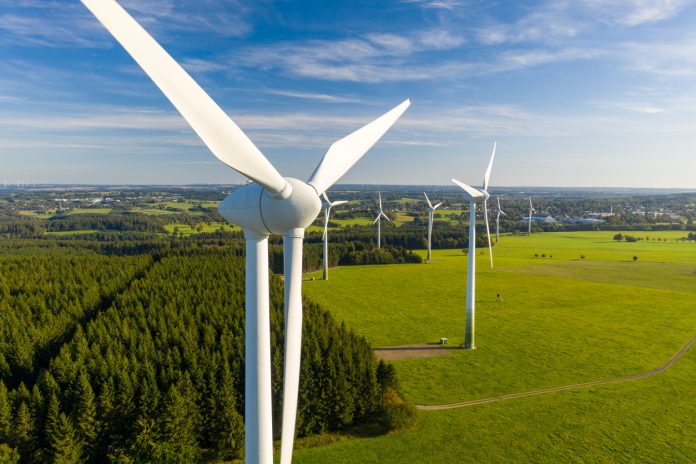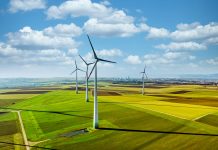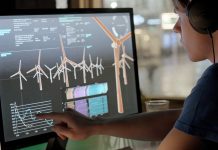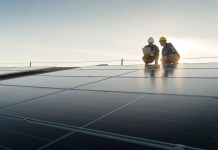In 2024, the European Commission reported that wind power became the European Union’s second-largest source of electricity, overtaking natural gas and coming in just behind nuclear
With other renewables, wind accounted for 47% of the EU’s electricity generation, marking a major milestone in transitioning to a cleaner, greener future.
Wind power is becoming Europe’s second-largest electricity source
In just one year, greenhouse gas emissions from electricity production dropped by a remarkable 24%.
As more households and businesses across Europe turn to wind and other renewable sources, the continent moves closer to energy independence while slashing pollution from fossil fuels.
Wind energy isn’t just clean; it’s also cost-effective. The price of building wind power infrastructure has plummeted over the past decade.
Onshore wind is now less than half the cost of coal power, and far cheaper than imported fossil fuels, which have driven up energy prices during recent global crises. Despite these challenges, wind power is helping to stabilise household energy bills and boost the competitiveness of European industry.
Wind energy is also making progress in its minimal environmental footprint. The average onshore wind turbine powers more than 1,500 EU households per year. Newer models can triple that output.
Unlike coal plants, which emit thousands of tonnes of CO2 annually, a wind turbine offsets its entire lifecycle emissions within its first year of operation. It has continued to generate clean energy for up to 25 years.
Minimal impact on nature and wildlife
Turbines are responsible for less than 0.1% of bird deaths caused by humans, significantly fewer than buildings or fossil fuel plants.
Offshore wind farms, which take advantage of stronger sea winds, are designed to minimise disruption to marine life and are quieter than many human activities at sea, such as oil drilling or shipping.
Wind energy also leaves plenty of space for people, nature, and agriculture. Each turbine only requires about 0.46 hectares, less than a football field, and most land around and beneath it remains usable. Whether on land or offshore, wind turbines are strategically placed at safe distances from homes and communities, and the noise they produce is often quieter than a household fridge.
Europe leads the way in technology and jobs
The European Union is a global leader in wind energy innovation and manufacturing, home to nearly half of the world’s key wind turbine companies. The sector supports 400,000 European jobs and new initiatives like the Clean Industrial Deal and the Net-Zero Industry.
Act are set to drive further growth and development. Wind energy has come a long way, from the first wind farm built on the Greek island of Kythnos in 1982 to today’s massive offshore installations. By embracing renewables like wind, Europe is reducing its reliance on imported fossil fuels, cutting emissions, and building a sustainable, self-reliant energy future.











